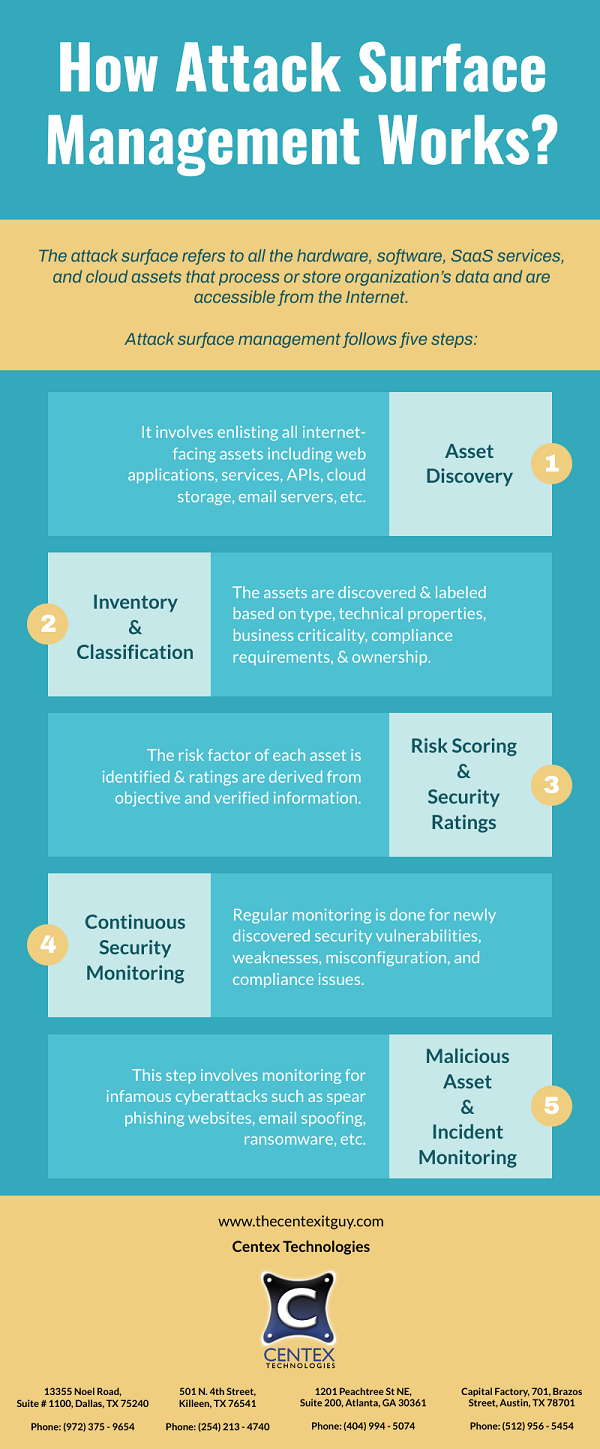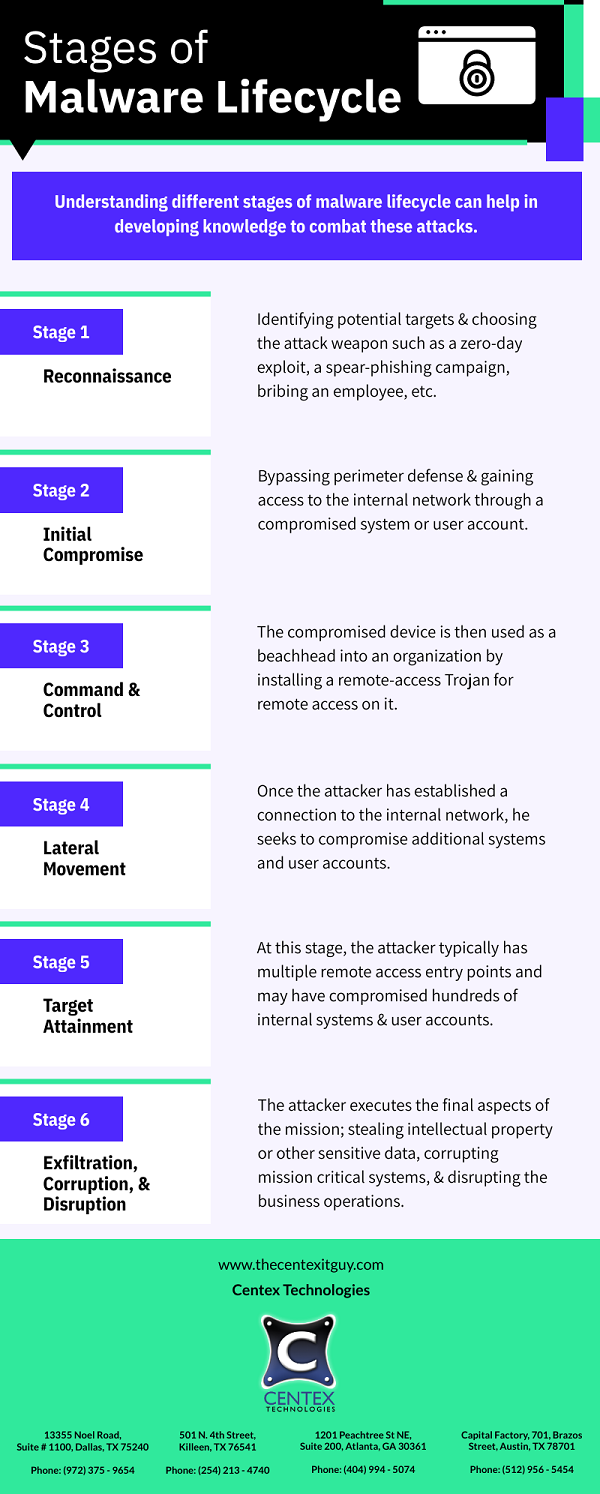Mobile applications are now integral to daily experiences such as shopping, dating, games, entertainment, etc. The increasing use of mobile apps has opened a sea of opportunities for cybercriminals. Cybercriminals are introducing new application-based cyber crimes such as Fleeceware.
Fleeceware is a category of mobile applications that have hidden fees or charges. These apps charge hefty monthly subscription charges after a brief free trial period. Sometimes, the charges are billed to the credit card saved in the device even after the user has uninstalled the app.
Undoubtedly, Fleeceware apps conduct consumer fraud, but they cannot be labeled as malware for the following reasons:
- The apps perform the functions they claim to offer
- App developers are free to ask for any price for their services, and funds aren’t stolen illegally
- The app descriptions mention ‘Paid after free trial period’ and not free
Lack of consumer knowledge is one of the factors that leads Fleeceware apps to succeed. Some mobile device users fail to understand that they need to unsubscribe from an app before uninstalling it. Once the user provides payment details when installing an app, the app has the authority to charge a monthly bill from the saved credit card until the user unsubscribes from the app.
Why Are Fleeceware Apps Growing?
It is strange to notice that although most of the Fleeceware apps offer the same functions as free apps, users are still inclined to use them. Here are some ways that Fleeceware apps use to attract users:
- They target novice and inexperienced mobile device users
- The app developers implement clever marketing strategies and social media targeting
- The app description usually includes an inflated number of downloads and reviews to manipulate users
Safety Tips Against Fleeceware Apps
A little caution can safeguard mobile device users from Fleeceware apps. Here are some preventive tips:
- Use Authentic App Stores: Many third-party websites offer app downloads. These apps might be luring, but be cautious and use first-party app stores offered by Apple and Android operating systems as these app stores are less susceptible to fake apps.
- Validate & Verify: It is important to verify and validate an app even when downloading from first-party app stores. Thoroughly check the app’s name before downloading it, read the terms and conditions, check the developer’s name, and research about the developer. Some points to consider are – is the app free or paid after a free trial, are the charges after the free trial period reasonable, and have any users complained of unsubscribing issues or hidden charges.
- Track Your Subscriptions: Make it a habit to regularly track your subscriptions to see if you have forgotten to unsubscribe from an app that you have already uninstalled. Here is how you can track your subscriptions.
- Report Apps: If you notice an unexpected charge from an app, unsubscribe, uninstall, and report the app to the app store.
Contact Centex Technologies for information on keeping your devices protected. Centex Technologies also provide solutions for IT network planning, cybersecurity, and hardware support. Call at: Killeen (254) 213 – 4740, Dallas (972) 375 – 9654, Atlanta (404) 994 – 5074, and Austin (512) 956 – 5454.


